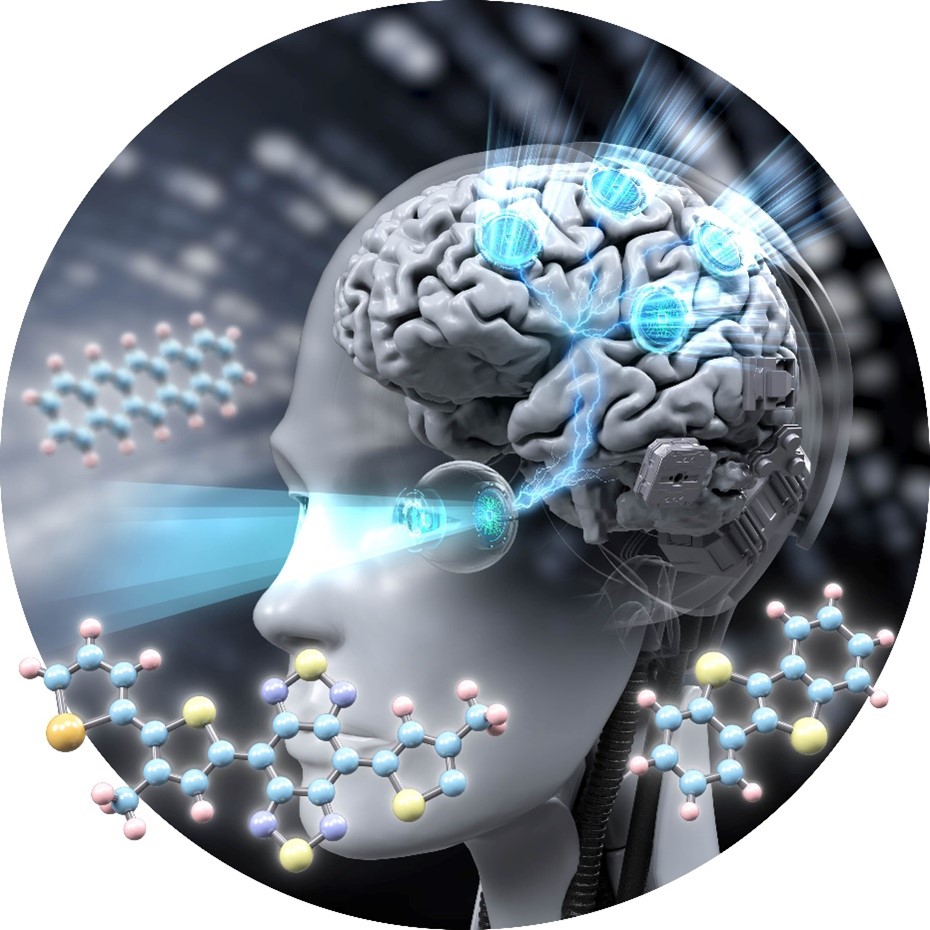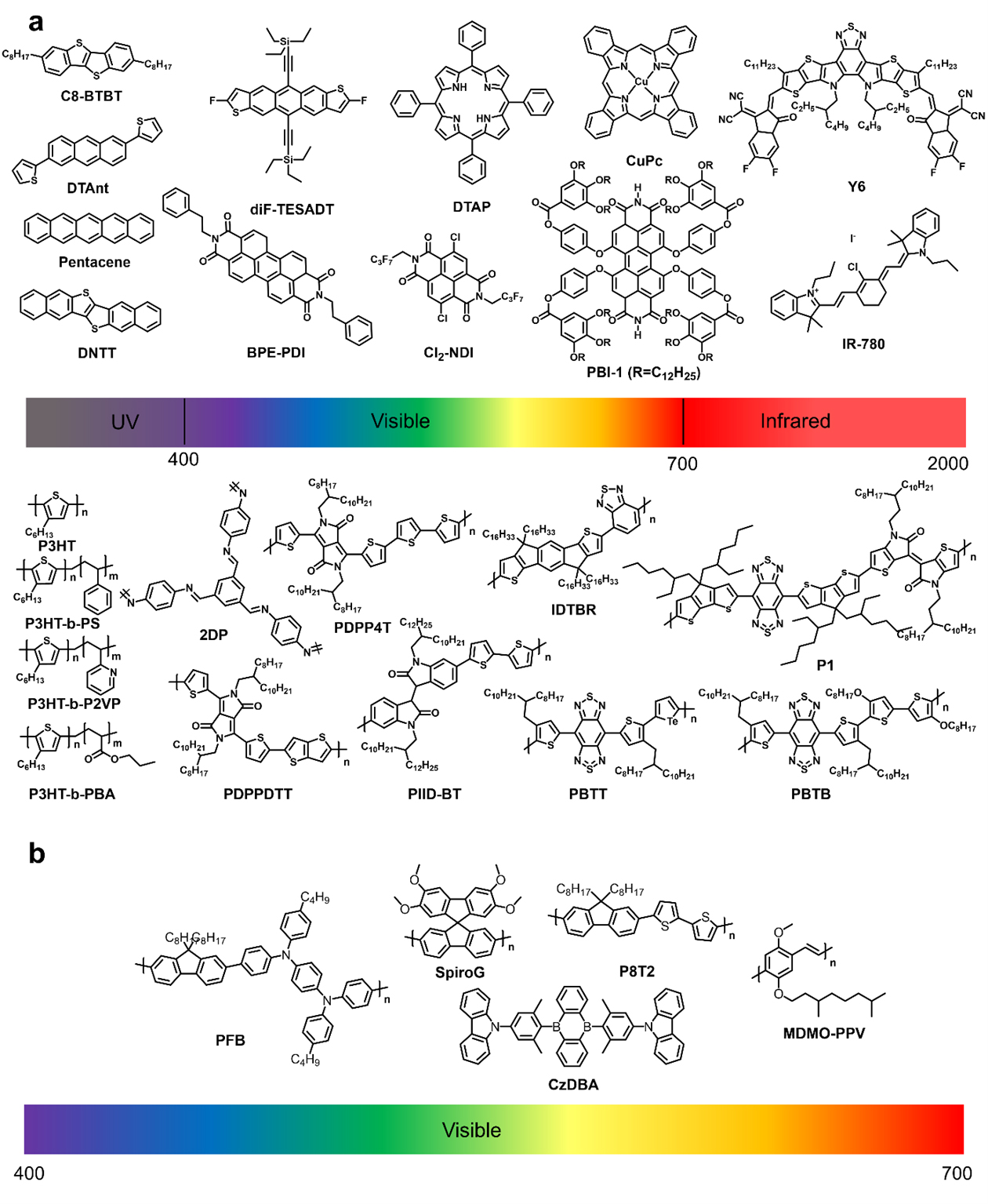1. Introduction
Recently, the online edition of "German Applied Chemistry" published a new comprehensive review article by Professor Huang Hui's team from the University of Chinese Academy of Sciences (UCAS) in the field of organic optoelectronic synaptic materials and devices. The work reviews the latest developments in organic optoelectronic synaptic materials and devices, including their design principles, working mechanisms, and applications. It emphasizes the challenges and opportunities in this field and provides insights into potential applications of these materials and devices in next-generation artificial visual systems. The first author of the paper is doctoral student Chen Hao, and the co-corresponding authors are Professors Huang Hui, Han Yinghui, and Cai Yunhao from the University of Chinese Academy of Sciences.
2. Background
The human nervous system is a complex network consisting of billions of neurons and neuroglia throughout the whole body. It controls physiological behaviors by perceiving, processing, memorizing, transmitting, and making decisions. Among these, the importance of the visual sensory system (VSS) cannot be overstated. With the advent of the Artificial Intelligence 2.0 era, the focus has shifted to the novel intelligent perceptual capabilities, demanding intelligent devices with ultra-low energy consumption and high efficiency. Artificial visual sensory systems are considered promising candidates for mimicking the functions of biological synapses, enabling the emulation of synaptic behaviors and artificial visual perception systems from an optical perspective. In recent years, various semiconductor materials have been used to construct artificial visual sensory systems, with organic semiconductors garnering significant attention due to their low energy consumption, tunable optoelectronic properties, low elastic modulus, and high biocompatibility. In summary, the advances in organic optoelectronic synapses hold tremendous potential in driving the future of artificial intelligence.

Figure 1. Application of organic semiconductor materials in artificial visual perception systems
3. Highlight
The authors have summarized the importance of organic semiconductors in visual sensory systems and their relationship with material properties. They have reviewed the roles of organic semiconductors, serving as conductive channels, light-absorbing layers, and light-emitting layers in optoelectronic synaptic devices. The article introduces light-responsive synaptic and electroluminescent synaptic devices, categorizing four device structures, including photodiodes, phototransistors, photo-modulated electrochemical transistors, and integrated systems, along with their corresponding mechanisms. Furthermore, it summarizes the applications of optoelectronic synaptic devices in imaging memory, nociceptor perception, and cognition. This article aims to provide new insights into the challenges and opportunities of organic optoelectronic synapses.

Figure 2. (a) Photoresponsive synapses and (b) Organic semiconductor structural formulas used in electroluminescent synaptic devices
4. Conclusion and prospective
Organic optoelectronic synapses, as an interdisciplinary field, have garnered broad research interest. In the latest progress summary in this field, particular emphasis has been placed on two types of organic optoelectronic synapses: light-responsive synaptic and electroluminescent synaptic devices. These devices exhibit distinct mechanisms and hold potential application prospects in artificial visual sensory systems. However, several significant challenges remain in the field of artificial visual sensory systems. Firstly, there is a need to develop novel organic semiconductor materials to meet the requirements of various application scenarios, and to conduct in-depth studies on the relationship between molecular structures and synaptic performance. Secondly, the development of new device configurations and working mechanisms is imperative to achieve integrated and arrayed optoelectronic synaptic devices while addressing crosstalk issues between adjacent devices. Finally, the emulation of artificial visual sensory systems should be more comprehensive to respond to various stimuli, and it is preferable to develop devices with stretchable, implantable, and self-healing capabilities to advance neural interfaces and neuroprosthetics.
In conclusion, despite the continuous progress in the field of optoelectronic synapses, which has found applications in various areas such as bio-inspired robots, brain-like computing, and neuro-inspired electronic prostheses, the current success primarily remains in the laboratory research stage, with a considerable gap from practical applications. Therefore, further efforts are required, including the development of new materials, device configurations, and multifunctional applications, to propel organic optoelectronic synapse technology towards practical usage and harness its enormous potential. While it is still in its infancy, the future outlook for organic optoelectronic synapses remains promising.
DOI: 10.1002/anie.202313634.


